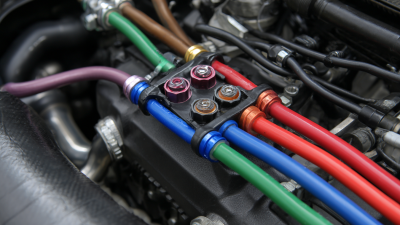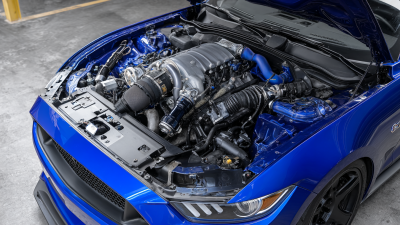In today's automotive and industrial sectors, the demand for high-performance materials has driven significant advancements in silicone technology. According to a recent report by Research and Markets, the global silicone hose market is projected to reach $2.5 billion by 2026, highlighting the increasing reliance on silicone hose kits for various applications, including automotive cooling systems and turbocharging.
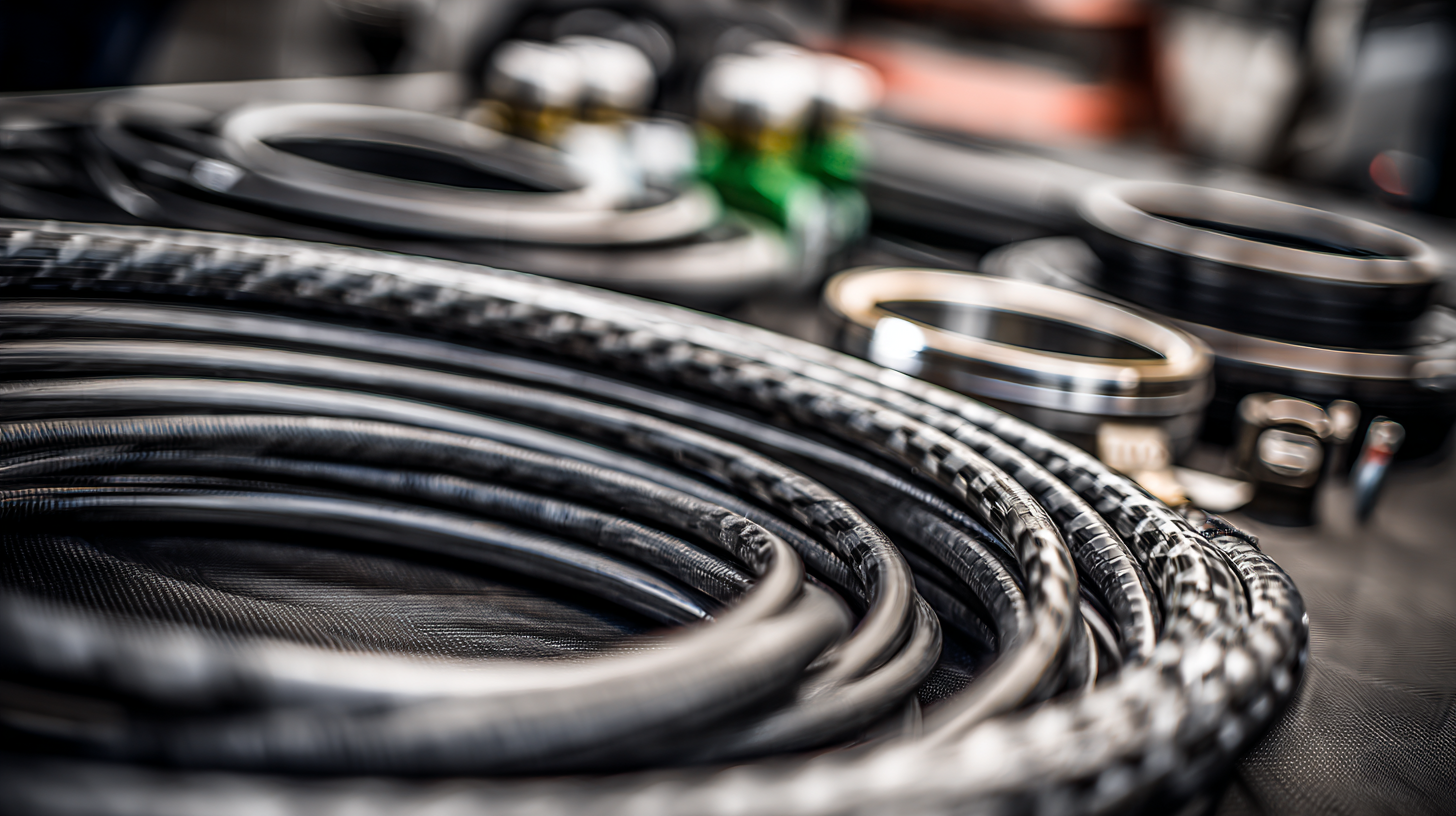
Silicone Hose Kits are favored for their superior heat resistance, flexibility, and durability compared to traditional rubber hoses, making them an essential component for any DIY enthusiast or professional mechanic. However, with a plethora of options available, choosing the right Silicone Hose Kit that meets specific needs can be daunting.
In this blog, we present five expert tips to help you navigate this decision-making process effectively, ensuring you select the perfect silicone hose kit tailored to your requirements.
When it comes to selecting the ideal silicone hose kit, understanding your specific needs is paramount. The first step in the process is to assess your application. Different applications, such as high-pressure systems, coolant transport, or vacuum systems, require distinct hose characteristics. It's crucial to consider factors such as temperature range, pressure levels, and the type of fluids the hoses will transport. By carefully evaluating these elements, you can ensure that the silicone hoses you select will perform optimally in your unique setup.
Compatibility plays a significant role in the decision-making process as well. Not only should the silicone hose kit be suited for your application, but it must also be compatible with the existing components in your system. This includes fitting sizes, connections, and materials. A mismatch in compatibility can lead to performance issues or even failures, so it's essential to double-check specifications and reach out to manufacturers for guidance. By prioritizing both application requirements and compatibility, you can confidently choose a silicone hose kit that meets your performance expectations and maintains system integrity.
| Tip | Description | Considerations | Applications |
|---|---|---|---|
| 1. Assess Temperature Range | Ensure the silicone hose can withstand the maximum temperature in your application. | Choose hoses rated for high-temperature if necessary. | Automotive, HVAC |
| 2. Check Reinforcement Requirements | Determine if you need a reinforced hose for high-pressure applications. | Consider using braided or spiral-reinforced hoses. | Industrial, Mechanical |
| 3. Evaluate Chemical Compatibility | Identify any chemicals the hose may come into contact with. | Select silicone that is resistant to the identified chemicals. | Food Processing, Chemical Transport |
| 4. Determine the Diameter Needed | Choose the right diameter to ensure optimal flow and prevent bottlenecks. | Measure existing hoses or refer to system specifications. | Plumbing, HVAC |
| 5. Look for Certifications | Check if the hose meets industry standards for safety and quality. | Select hoses that have relevant certifications such as FDA or ISO. | Medical, Food Processing |
When choosing the perfect silicone hose kit for your needs, understanding the different types of silicone hose materials is crucial. Silicone hoses are favored in various applications for their superior heat resistance and flexibility compared to traditional materials like rubber or vinyl. Notably, silicone can withstand temperatures ranging from -65°F to 500°F, making it ideal for demanding environments. This is particularly relevant given that rubber and plastic materials often present significant fire risks due to their oil-based compositions, behaving more like flammable liquids when ignited.
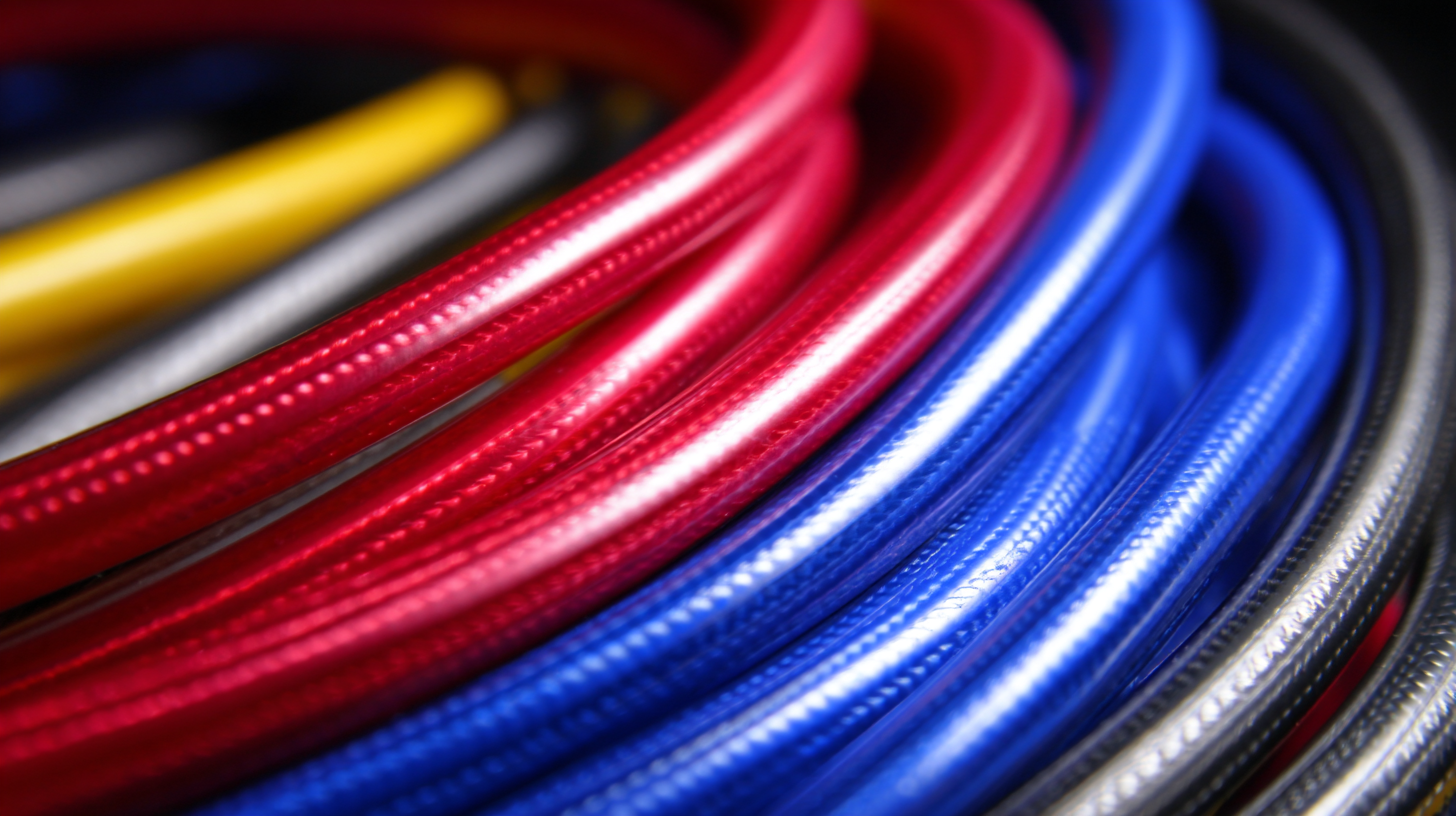
Moreover, the choice of hose material impacts not only performance but also weight and ease of use. As highlighted in industry reports, vinyl hoses, while lighter and easier to transport, often lack the durability and temperature resistance that silicone provides. When making a selection, consider the intended use—silicone hoses are typically recommended for high-pressure applications and environments where flexibility and heat resistance are paramount. According to industry studies, silicone hoses demonstrate an extended lifespan, outlasting standard rubber hoses by 50% or more, which can be a significant factor in long-term cost-effectiveness.
When selecting the perfect silicone hose kit, proper sizing is crucial. A 2021 report from the Fluid Power Journal indicates that approximately 73% of hose failures in high-performance applications are attributed to incorrect size selection. Thus, measuring and choosing the right hose dimensions should be your primary focus. To ensure an optimal fit, begin by measuring the inner diameter (ID) and the outer diameter (OD) of the old hose if replacing one. It’s important to note that even a small discrepancy of 0.5 mm in diameter can lead to significant pressure drops and inefficiencies in performance.
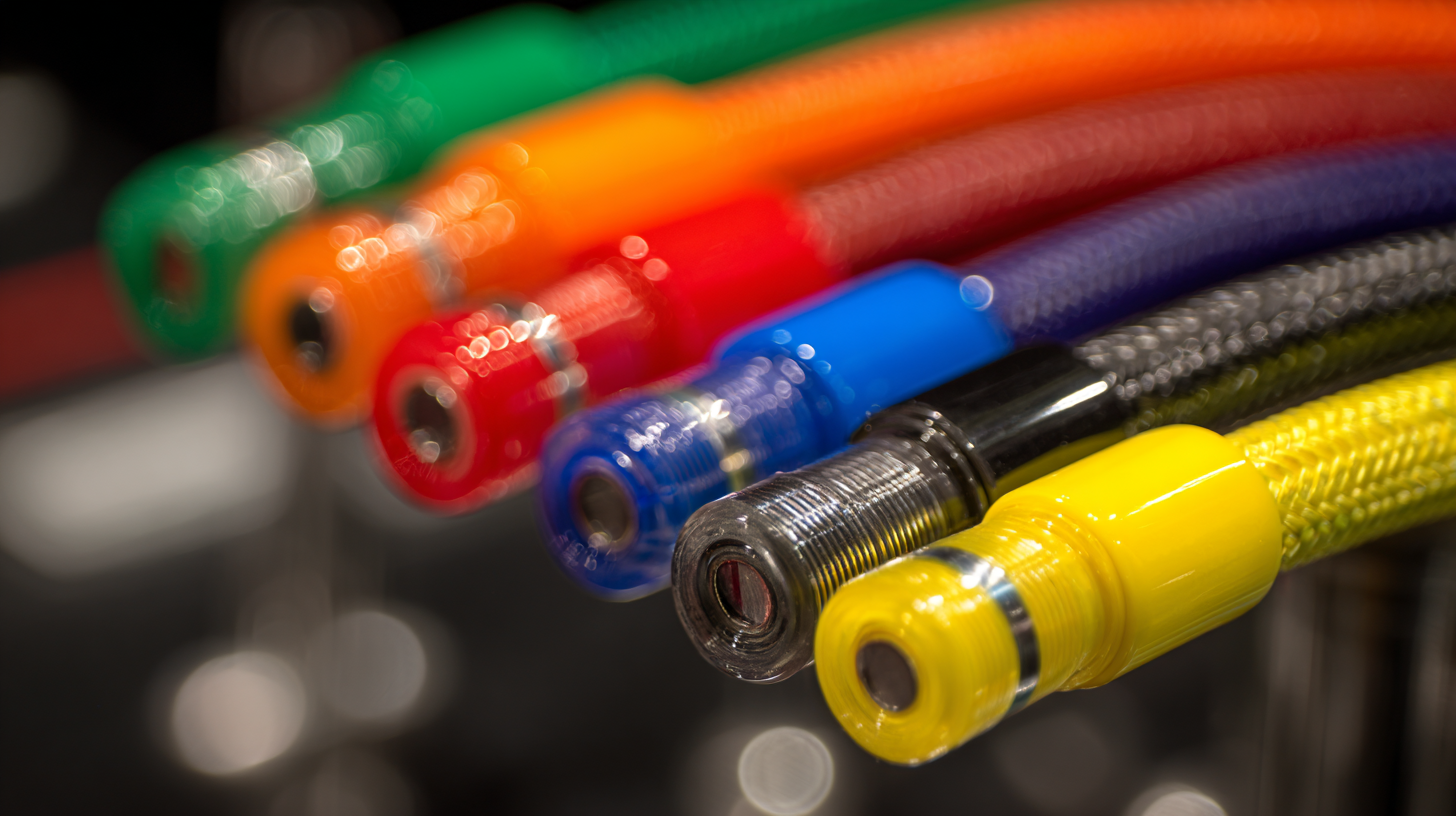
Additionally, considering the length of the hose is vital for ensuring seamless installation. Industry standards recommend maintaining a bend radius of at least three times the hose’s diameter to prevent kinking, which can disrupt flow and lead to failures. According to the Hose Manufacturers Association, poorly sized hoses can reduce the overall efficiency of a system by up to 40%. Therefore, take the time to carefully assess your requirements and measurements for a successful selection of silicone hose kits tailored to your needs.
When selecting a silicone hose kit, evaluating temperature and pressure ratings is crucial for ensuring optimal performance in various applications. Silicone hoses are renowned for their ability to withstand high temperatures, often ranging from -55°C to 250°C. A study published in the Journal of Material Science indicated that silicone maintains its flexibility and strength even at elevated temperatures, which makes it ideal for automotive, marine, and industrial uses where heat resistance is paramount. For instance, in automotive applications, the ability to handle coolant temperatures that can exceed 120°C without degrading is essential for long-term reliability.
Pressure ratings are equally important when choosing silicone hoses. Many silicone hoses are designed to withstand pressures up to 300 psi, depending on the diameter and wall thickness. Industry reports reveal that underestimating pressure conditions can lead to hose failure, resulting in costly downtimes and repairs. The Society of Automotive Engineers (SAE) recommends ensuring that the selected hose can handle at least 1.5 times the maximum operational pressure to account for any fluctuations. Choosing the right silicone hose kit means carefully assessing these ratings to avoid issues such as blowouts or leaks in high-pressure environments, ensuring that your system runs smoothly and efficiently.
When selecting the perfect silicone hose kit, budgeting wisely is essential. According to industry reports from the Silicone Elastomers Market, the global silicone hose market is projected to reach over $1.6 billion by 2025, indicating a growing demand driven by the automotive and industrial sectors. This growth emphasizes the importance of evaluating cost versus quality when considering silicone hose options.
Investing in a high-quality silicone hose kit can yield long-term savings by reducing the need for frequent replacements. Research from the Automotive Aftermarket Industry Association (AAIA) indicates that lower-quality hoses can fail prematurely, leading to increased downtime and repair costs. A well-constructed silicone hose can withstand high temperatures and pressures, making it a more reliable choice in the long run.
Therefore, taking the time to assess various price points and the performance benefits of different silicone hose kits can significantly impact your overall operational costs.
